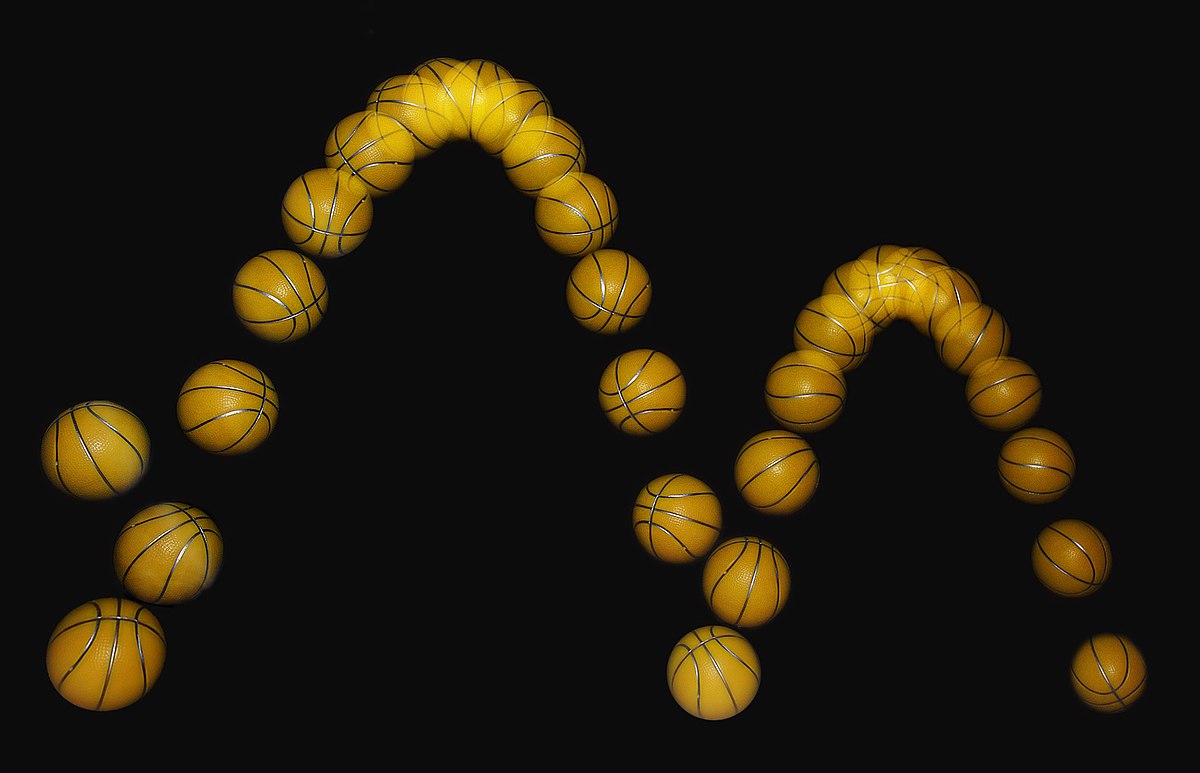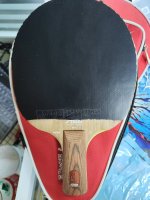This user has no status.
This user has no status.
Well-Known Member
So if the impact speed is 10 m/s and the dwell/contact time is 4 ms. Lets assume that the ball is taking 2 ms to decelerate to a stop relative to the paddle. How far does the ball travel relative to the paddle in that time?Assuming a coefficient of restitution of 90% (blade with rubbers) and a 4 ms contact time.
For the velocity of the ball after impact we get:
cor = 90%, m_racket = 0.18 kg, m_ball = 0.0027 kg, v_racket_0 = 0 m/s, v_ball_0 = 10 m/s, m_total = 0.1827 kg
v_ball_1 = (m_ball * v_ball_0 + m_racket * v_racket_0 + m_racket * cor * (v_racket_0 - v_ball_0)) / m_total = -8.719 m/s
v_racket_1 = (m_ball * v_ball_0 + m_racket * v_racket_0 + m_ball * cor * (v_ball_0 - v_racket_0)) / m_total = 0.2807 m/s
For the average force we get: F_average t = m (v_ball_0 - v_ball_1) so
F_average = (0.0027 kg * (10 m/s - (-8.719 m/s))) / 0.004 s = 12.63 N
or for the racket F_average = (0.18 kg * (0 m/s - 0.2807 m/s)) / 0.004 s = -12.63 N
As usual there are some that want to distract the thread.













